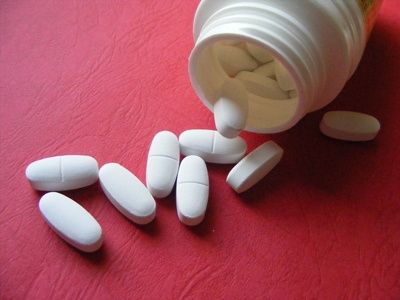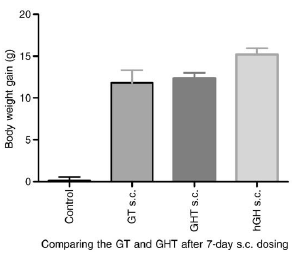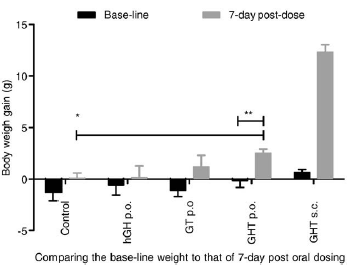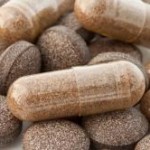Does Oral Human Growth Hormone Exist?
Blog Entry #78
By Admin – Steroidal.com
Human growth hormone (HGH) is a hormone produced by a number of different organs in the body, primarily these are: the brain, adrenal cortex and testes. Bodily uses are that it regulates body composition, is used for muscle and bone growth, sugar and fat metabolism, heart function and the regulation of fluids.
Human growth hormone is an approved drug by the Food and Drugs Administration (FDA) in the United States, where its given to children with short statutory conditions, HGH deficiency, Turners and Pradar-Willi syndrome, wound and injury healing, AIDS/HIV patients and hormone replacement clinics for longevity.
Bodybuilders and athletes take human growth hormone due to its effects on fat loss and muscle growth. When anabolic steroids have reached high doses, bodybuilders often turn to HGH to make further muscle gains or remain at a low to moderate body fat during offseason phases. Bodybuilders and athletes usually use an injectable HGH preparation that is injected intra-muscularly, much like anabolic steroids, or subcutaneously in the layer of fat between the skin and muscle. Hormone replacement clinics also prescribe injectable human growth hormone for anti-ageing and longevity patients, but what about other delivery methods?
You may have read about human growth hormone or GH, HGH when looking for over the counter dietary supplements online or in retailers. Many of these products use herbal ingredients to boost natural levels of human growth hormone in the body. Pills, tablets and sprays all exist. Herbs and amino acids that may do this are, Humanofort, L-Arginine and L-Dopa but these are naturally occurring substances and not going to boost GH levels to exogenous levels the same as pharmaceutical grade injectable Genotropin is going to.
We found a recent 2009 study in California, USA and published in Journal of Controlled Release that looked at an oral human growth hormone delivery method that showed promising results. Due to human growth hormones short half-life, it needs to be injected several times per day, often working around the users nutritional protocol.
The US researchers attached the human growth hormone molecule to the glycoprotein transferrin. Transferrin binds to and transports iron throughout the body using blood circulation. The growth hormones and transferring were given to rats with removed pituitaries so they could not manufacturer their own growth hormone.
The figure above shows how the rats reacted to injections containing the new growth hormone analogue. Control = injections containing nothing; GT = a transferrin-gh-molecule; GHT = a different transferrin-gh-molecule; rGH = ordinary recombinant growth hormone. They found that th combination of GH + transferring remained active and the rats also put on bodyweight.
The figure above examines the effects of the GH and transferring combination for seven days. The rats continued to put on weight until a protease inhibitor was given to the rats, which broke down the transferrin. However, the injections were still more effective.
The researchers concluded that the subcutaneous injections were most effective, but GH and transferring was still bioactive, “Results from seven-day subcutaneous dosing (1.25mg/kg/day) demonstrated that both GT and GHT fusion proteins were bioactive in vivo, comparable to native hGH.”
Although this study is on rats, it does show significant results. We will have to wait for human studies to determine if this approach is effective, but oral human growth hormone could be a possibility.
Source:
J Control Release. 2009 Sep 15.









